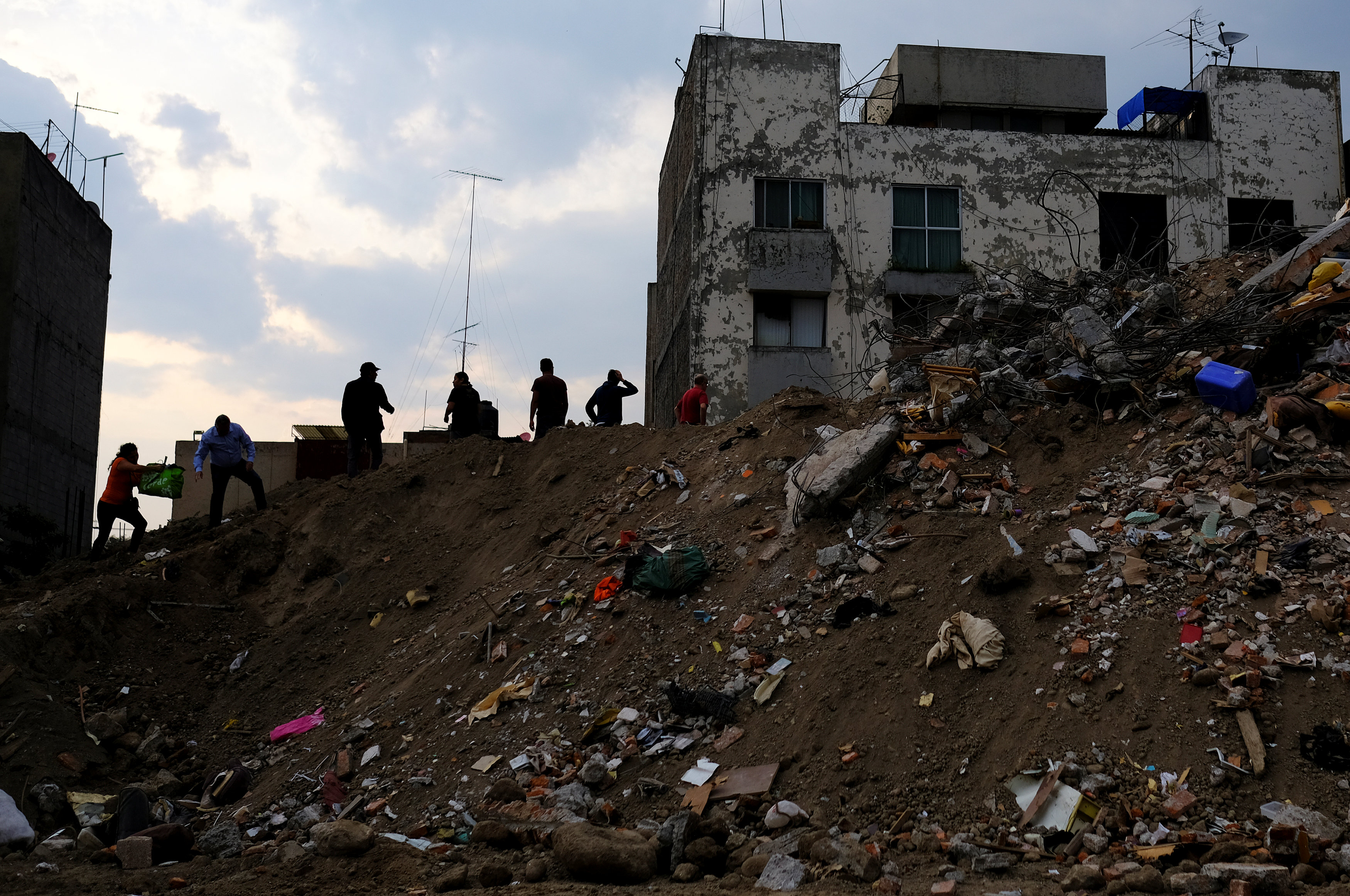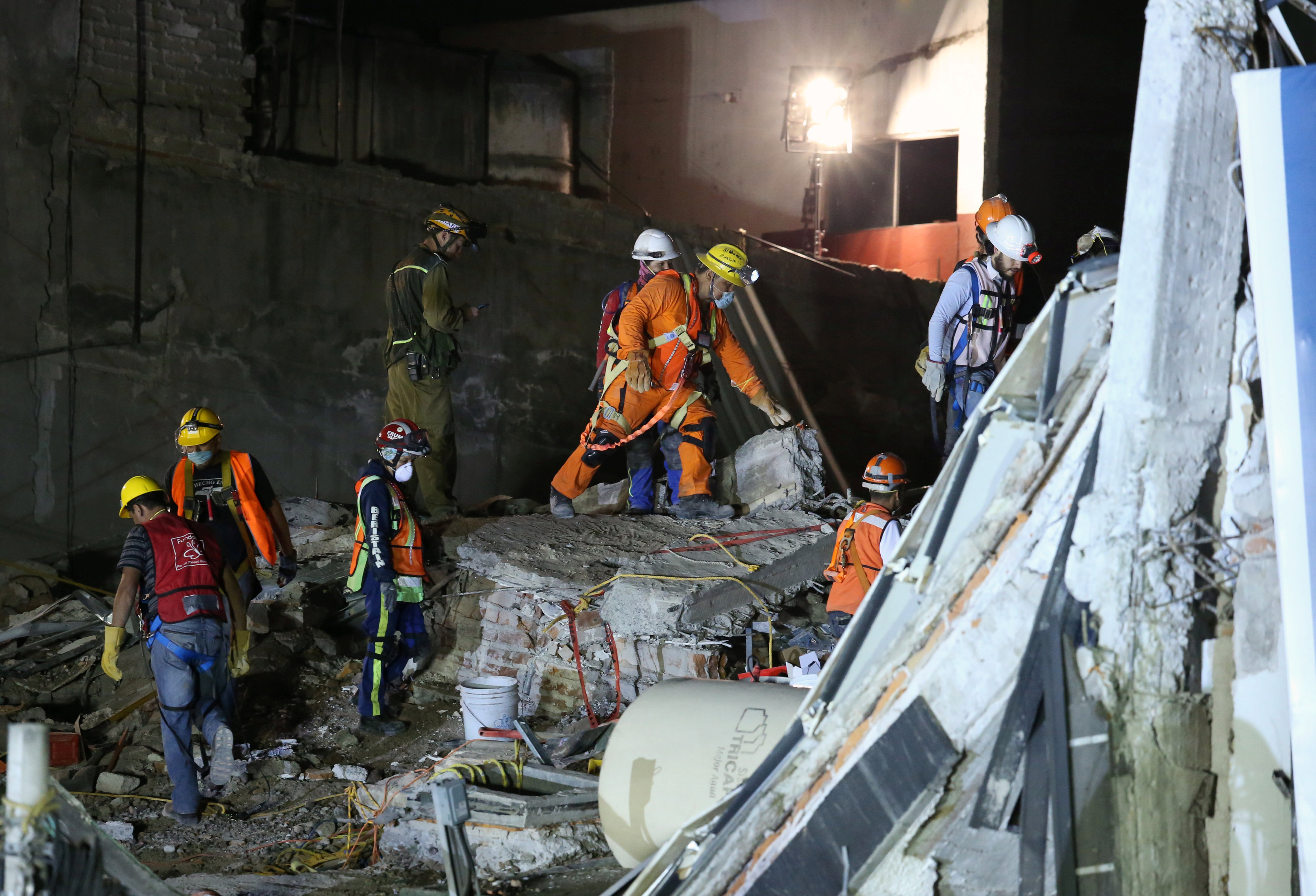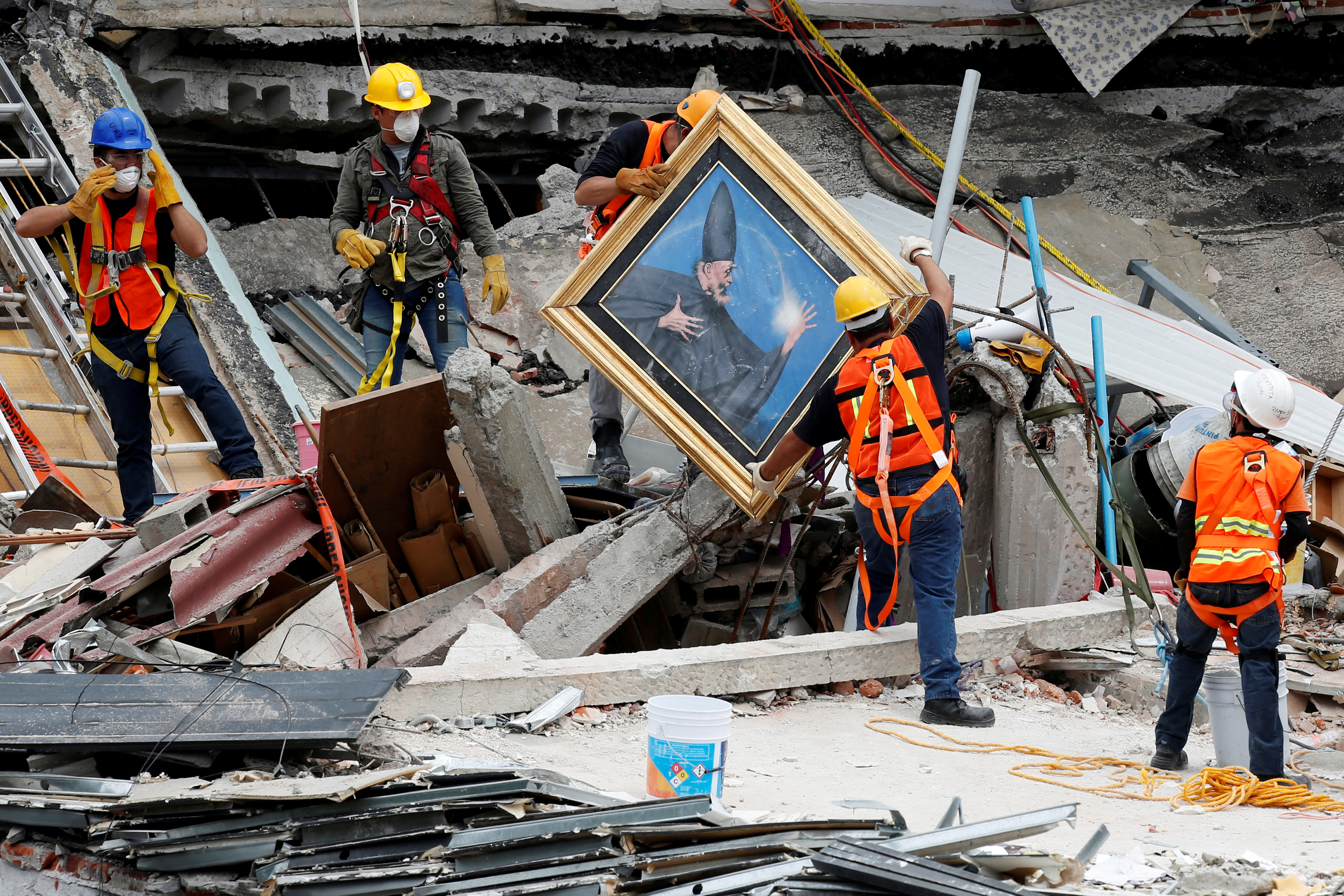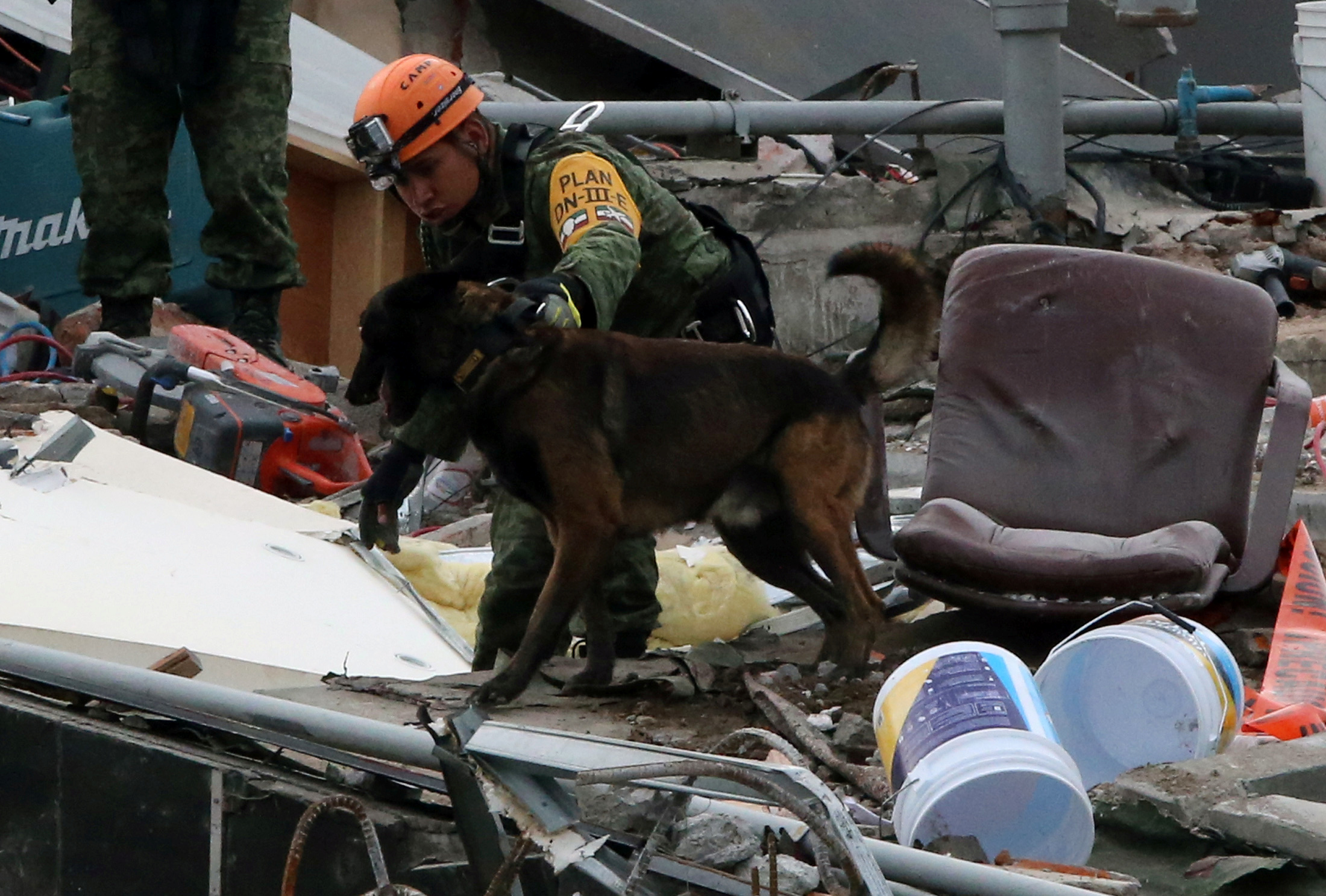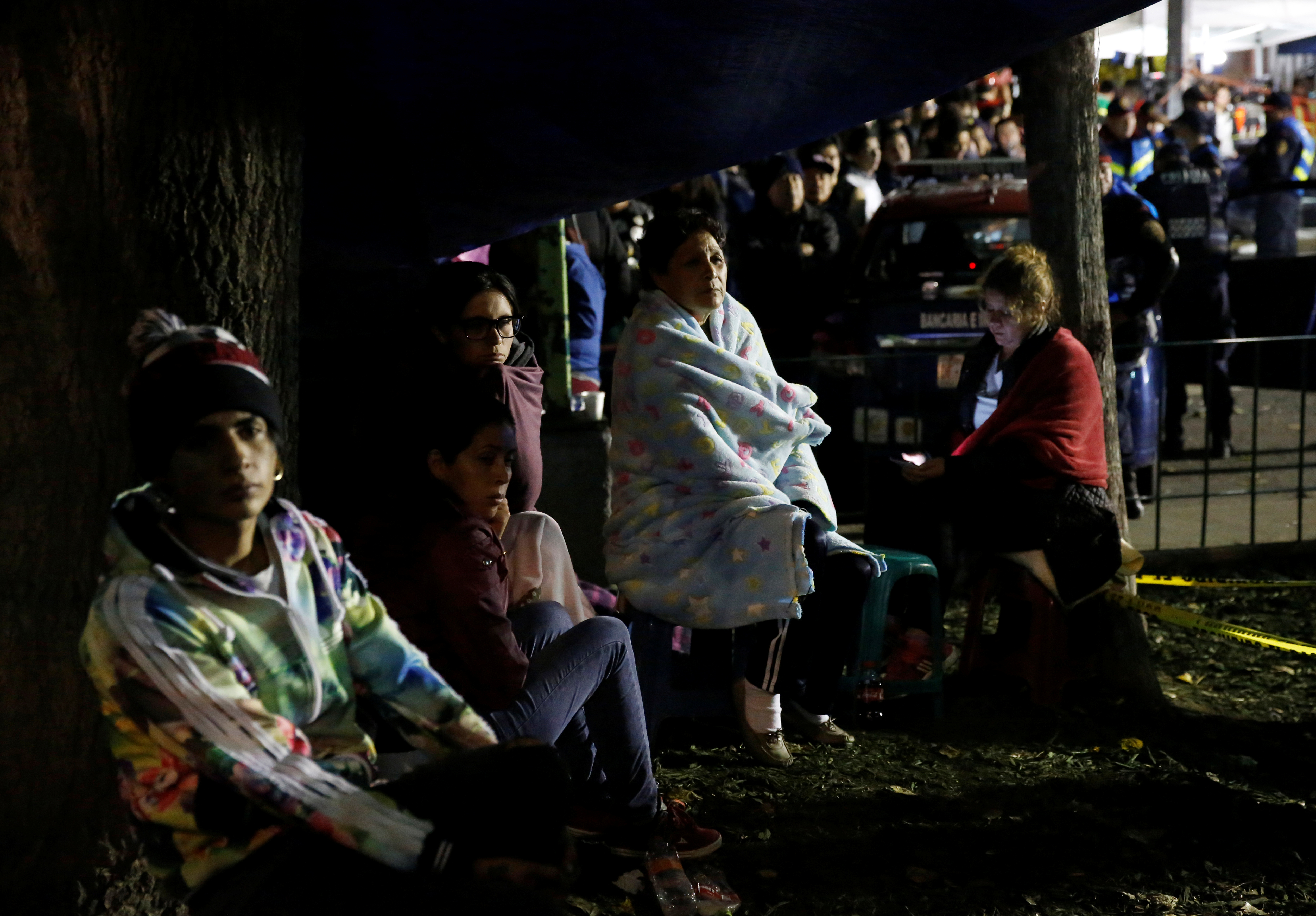
MANILA (Reuters) – The Philippines vigorously defended its human rights record on Friday, accusing the West of bias, hypocrisy and interference after 39 mostly European nations expressed concern about thousands of killings during Manila’s ferocious war on drugs.
More than 3,800 Filipinos have been killed by police in anti-drug operations since President Rodrigo Duterte came to office 15 months ago and launched what he promised would be a brutal and bloody crackdown on drugs and crime.
Human rights groups say the figure is significantly higher and accuse police of carrying out executions disguised as sting operations, and of colluding with hit men to assassinate drug users.
The authorities strenuously reject those claims and Duterte insists he has never incited police to commit murder, despite his frequent and animated speeches about killing drug dealers.
During the periodic review on Thursday at the United Nations Human Rights Council (UNHRC) in Geneva, 38 countries backed a statement by Iceland urging the Philippines to take “all necessary measures to bring these killings to an end”.
The signatories were mostly European countries as well as Australia, the United States and Canada.
Filipino diplomats in Geneva called it a “sweeping and politicized” statement, adding the country was willing to accept international help, but would not be lectured.
“Unfortunately, it still appears that some parties refuse to understand certain aspects of our human rights efforts,” Evan Garcia, head of the Philippine mission, in a statement issued by the foreign ministry on Friday.
“There is no culture of impunity in the Philippines.”
His deputy Maria Teresa Almojuela also weighed in by criticizing Western countries that allowed abortion, manufactured and sold arms and, she said, were a source of private militias for wars.
“It is ironic that many states joining the statement are the very same states that are the sources of arms, bombs, machines and mercenaries that maim, kill and massacre thousands of people all over the world, not only during their colonial past, but even up to today,” she said.
In Washington, Foreign Secretary Alan Peter Cayetano said the Iceland-led statement was “based on biased and questionable information”.
“Instead of engaging us constructively, some western countries would rather criticize and impose conditions as if they can do a better job than the Philippine government in protecting the Filipino people,” he said.
Opinion polls show Filipinos are largely supportive of the war on drugs as an antidote to crime the government says is fueled by narcotics.
The latest survey by Social Weather Stations, however, suggests that Filipinos are not convinced of the validity of official police accounts of the killings, with about half of 1,200 people polled doubtful that victims were involved in drugs, or had violently resisted arrest as police maintain.
John Fisher, Human Rights Watch director in Geneva, said the UNHRC should do more to stop the Philippine killing, now that there was a “growing chorus of condemnation” of Duterte’s signature campaign.
(Reporting by Manuel Mogato; Editing by Martin Petty & Simon Cameron-Moore)


